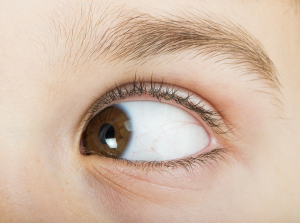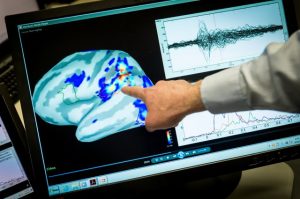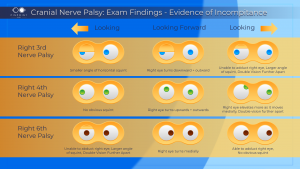What is a “Lazy Eye?”
“Lazy eye” is a term that gets tossed around lightly in regards to ocular misalignment. Both strabismus and amblyopia are considered “lazy eye.” However, this information is inaccurate.
Amblyopia vs. Strabismus
Strabismus, by definition, means ocular misalignment. Ocular misalignment is when both eyes do not look in the same direction, frequently referred to as “cross-eye” as well. Amblyopia, on the other hand, is when there is a visual disturbance in one of the eyes leading to decreased binocular vision or depth perception, meaning the eye is “lazy.”
Where it may get confusing is that strabismus may lead to the development of amblyopia, especially in untreated persons. Amblyopia occurs in 91% of patients with strabismus or other refractory diseases, according to American Academy of Ophthalmology. These disorders cause the eye to not focus properly, creating a blurred image that is sent to the brain. Over time, this overwhelms the brain and the visual input from the eye gets ignored.
Visual Pathway
The visual pathway is a relatively complex neural pathway from the eye to the occipital cortex (also known as the visual cortex) of the brain. The visual cortex is responsible for receiving visual input from both eyes at different angles and creating one image with depth variations, which is how we see in 3D.




